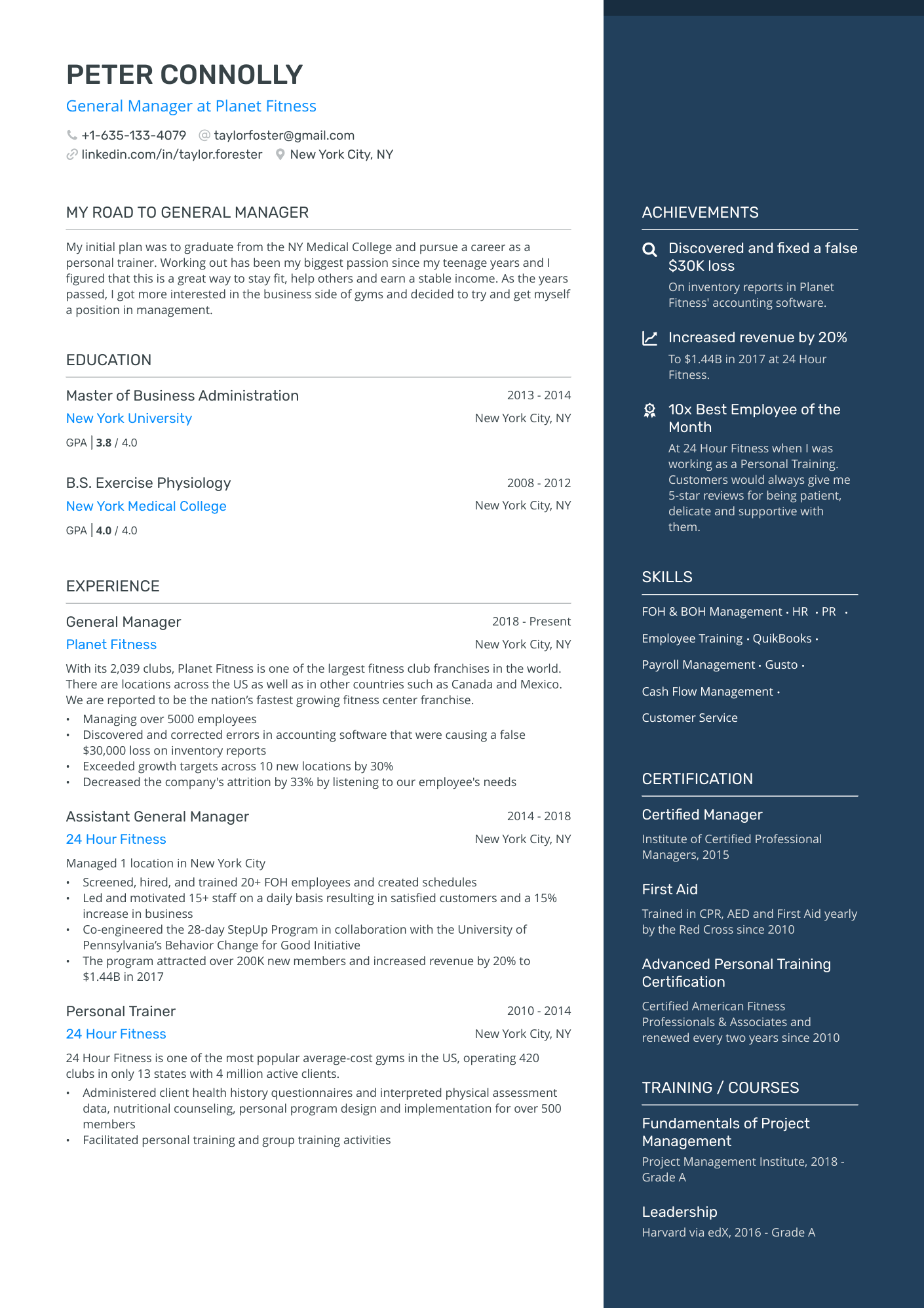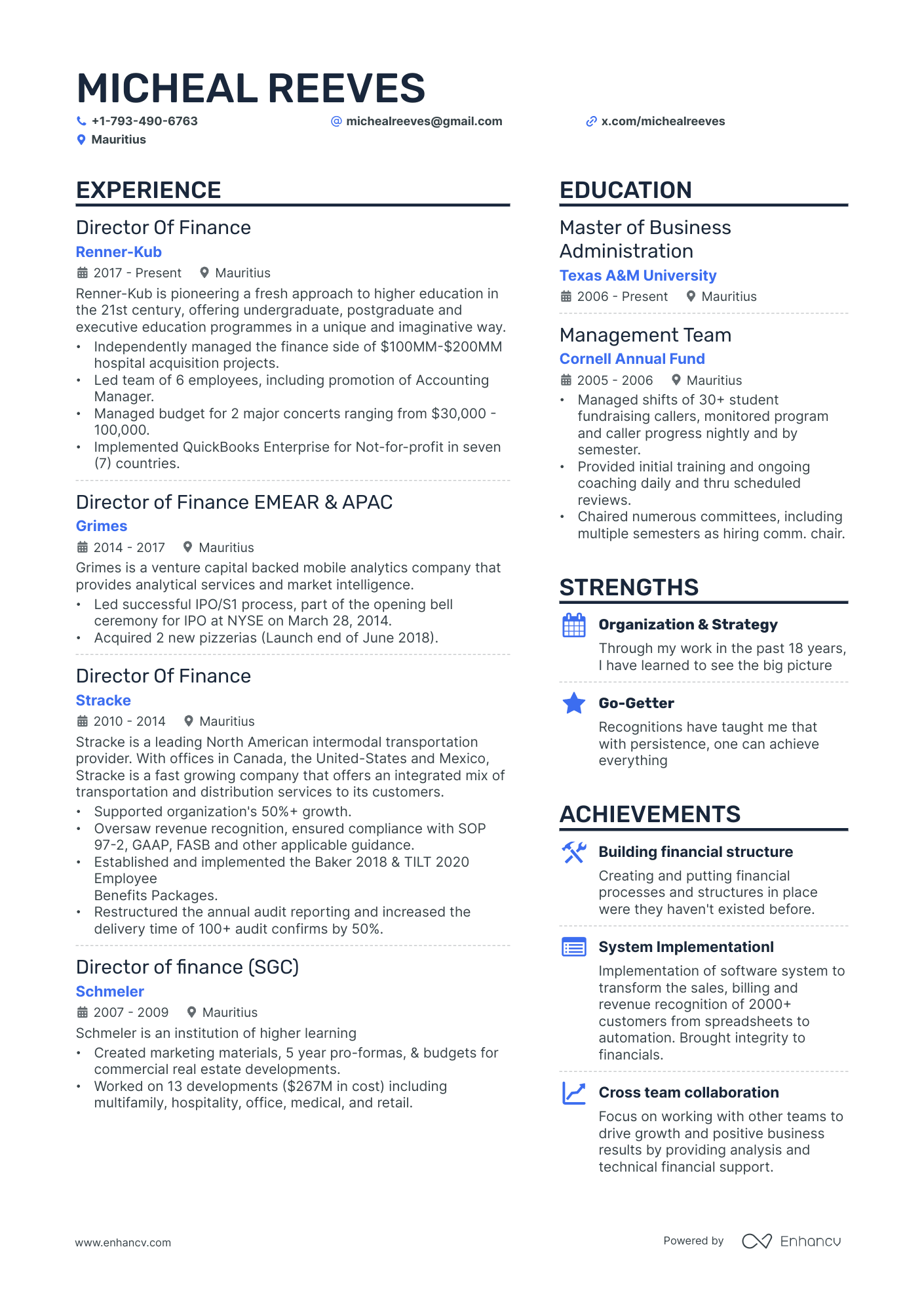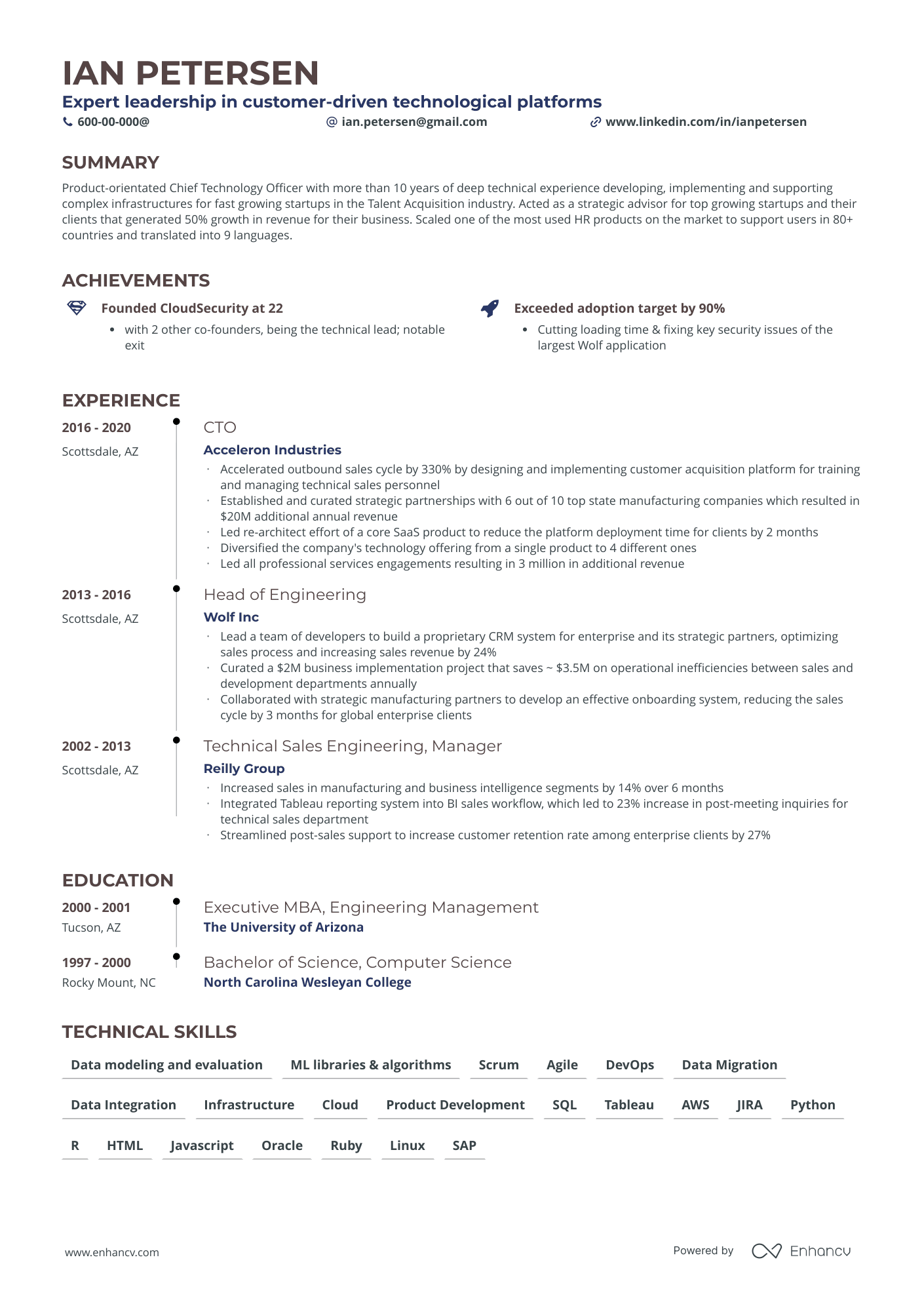Everyone wants their resume to look impressive and grab the recruiters’ attention right from the start.
Trust me, I know. I’ve been through this, too.
While putting a resume together, you have to do some editing. You already know that you should only include relevant information. The problem is that this is relative. And things become even trickier when it comes to high-level qualifications.
If you have a Master of Business Administration, you’re probably wondering, “How do you list an MBA on a resume? Should you do it in the first place?” and all the accompanying questions.
You might not be sure if it’s relevant to your coveted position, or you might be worried it can come off as a bit… well, braggy.
If you’re asking yourself these questions, you’re on the right track. But I’m here to tell you exactly how to list an MBA on your resume and why that’s a good idea.
And if you’d like to learn more about preparing for a specific position, why not take a look at our vast library of resume examples? You’re bound to find what you need!
So, are you ready? Let’s get right to it.
MBA resume template
The safest choice is to list your MBA at the top of your education section. Adding it to your name at the top of the resume is usually not the best choice (more details below). Adding MBA to your title, just below your name, is also OK.
Here’s a modern template you can use:
Why to add an MBA to your resume
If you’ve got your MBA, you know the amount of work that goes into it. An MBA is not only important for certain positions; it’s impressive in every case.
When you list an MBA on your resume, you show the recruiters you’re hard-working, and dedicated, and you get. stuff. done.
Which, if we’re honest, is a huge part of what employers want.
While it’s pretty much impossible to know everything there is to know about a position, an MBA can show a hiring manager that you’re not just going in blindly and hoping to learn on the job.
You have the training. You have the basics. You have what it takes.
So, if you’ve got it, flaunt it.
The MBA, I mean.
How to list a finished MBA degree on your resume
Now, you still need to know how to put your MBA on your resume correctly.
If you’ve finished the program already, it’s easy. If you already know how to write the education section, then you’ve got a pretty good idea of how to include your MBA, too.
Still, I’ll go over it here, just to be sure we’re all on the same page.
Here are some specifics to keep in mind when listing an MBA on your resume:
- By default, you should put the MBA in the Education section. That’s where recruiters will look for such information, and you don’t want to confuse them by listing it in another spot.
- In some cases, you can add this qualification to your Achievements section.
- You can place the MBA in the header section, too (albeit rarely). However, there are two critical rules here: only include it if you’ve finished the program, and only include it if it’s a requirement or at least relevant to the position.
- If you wish, you can note the fact that you have an MBA in your cover letter. This isn't mandatory, though.
- Try to put both the full (Master of Business Administration) and the abbreviated title (MBA) on your resume. This can help you pass the Applicant Tracking Systems most companies use.
So, now that we’ve covered the basics, let’s go into a little more detail.
How to list your MBA in the Education section
Most of what I mentioned above applies when you’re listing an MBA in your resume’s Education section. And most general guidelines on listing education apply here, too.
When adding an MBA, the Education section should still be in reverse chronological order. The actual way you list the qualification depends on your circumstances, though.
If you’ve received all of your qualifications from the same school, you can put the institution's name first, followed by your degrees. But if you’ve done your Bachelor’s degree and your MBA at different places, you can stick to the basics and list your qualifications first.
For example, take a look at how an MBA is presented on this Director of Finance resume.
You might have noticed the duration is stated as “2006 - ongoing”. Yes, I’ll talk about that, too. Stay tuned.
What about specializations, honors, and coursework? Do you need to include these, too?
Generally speaking, no, you don’t. But they can help if they are relevant. For example, if your area of concentration supports your “claim” to the position, then yes, by all means, include it.
Just like in this CTO resume.
If your specialization area is not relevant, feel free to skip it and list only the qualifications.
And finally, your GPA.
As with all other education, listing your GPA isn’t mandatory. If you do decide to include it, make sure it’s 3.5 or above. Flaunting your high grades is great, but it’s usually counterproductive if you haven’t done that well.
If you’re not sure exactly how to format your education (or any other section), a resume builder can come in handy!
In case you’ve already got a resume, make sure it’s ATS-compatible by using our free resume checker.
Is your resume good enough?
Drop your resume here or choose a file. PDF & DOCX only. Max 2MB file size.
How to list your MBA in your resume header
I mentioned before that you can choose to add your MBA in your resume header.
By that, I mean adding it after your name. So, instead of simply writing John Doe, you can put down John Doe, MBA.
Here’s an example:
But is this a good idea?
Well, it depends.
In most cases, adding any title lower than a doctorate to your name is generally frowned upon. But there are some situations where you might be able to get away with it.
If the position specifically requires an MBA, then yes, go for it. If not, stick to listing it in the Education section only. Hiring managers will look for it there, too. And if it’s not essential, there’s no point shoving it in their face.
PRO TIP
Ensure you only add an MBA in your resume header if you've completed the program and hold the degree.
If you haven’t finished your studies yet, but you still list it in the header without any context, recruiters may consider it as misleading. That’s a bad first impression no one wants to make.
Now, speaking of incomplete studies...
How to add MBA in progress to your resume
If you’re still in the process of completing your MBA, you might be wondering if you should include it in your resume.
And the short answer is — absolutely! If it’s relevant, of course.
All the same rules apply if you haven’t finished your studies yet. The only difference is that you should put down the anticipated completion date instead of an actual completion date.
Let’s go back to the example from earlier — the Director of Finance resume.
If you know when you’re expected to get your qualification, then you should put that date down.
More importantly, if you’re applying for a job in March 2026 and you’re expecting to finalize your MBA in May 2024, include the month, too. If you just put the year down, it can look like you’ve already received your MBA. Again, this can be considered misleading by employers. So, be specific.
And, if you want to leave even less room for confusion, you can add “expected” to the completion date, too.
Frequently asked questions about how to list MBA on a resume
Is there a case when it is better not to include your MBA on your resume?
An MBA is usually a great asset on your resume and can boost your qualifications. But, in some rare cases, it might be better to leave it off, like when it could make you seem overqualified, isn’t relevant to the job, or if you’re worried about potential age discrimination.
Should I put an MBA on my email signature?
Adding an MBA to your email signature can be a good idea if it’s relevant to your job and underlines your expertise. But if it doesn’t really apply to your role or might feel a bit much in your work environment, you might want to skip it.
What if I have multiple MBAs?
If you have multiple MBAs, you might consider including them if they’re relevant to your current role or industry. However, listing more than one MBA could be overkill, so it’s usually best to underscore the one most relevant to the job you’re targeting.
Conclusions
And there you have it! Now that you know how to list an MBA on your resume, you’re on your way to making a spectacular first impression!
To summarize quickly:
- Adding an MBA to your resume is a great way to impress recruiters and pique their interest.
- Generally, list an MBA in your resume’s Education section.
- All general education rules apply to your MBA, too.
- MBAs work great with the reverse chronological resume format.
- If you’re yet to complete your studies, you can still include an MBA in your resume—just make sure to specify the expected completion date.
Make one that's truly you.






